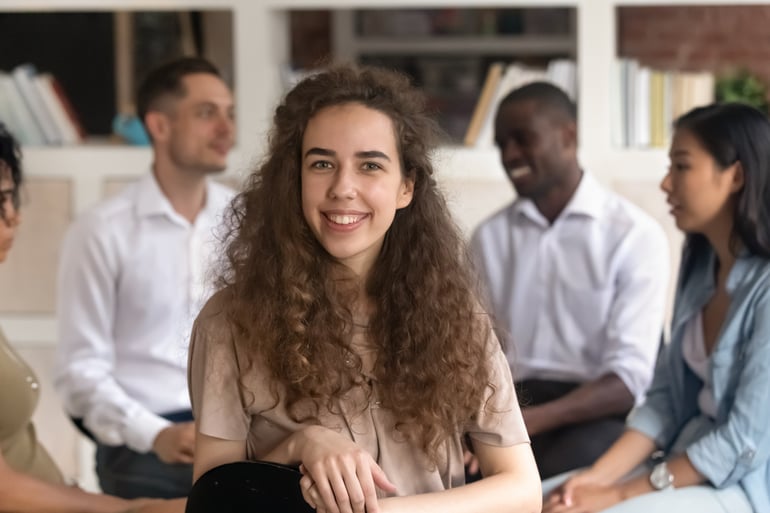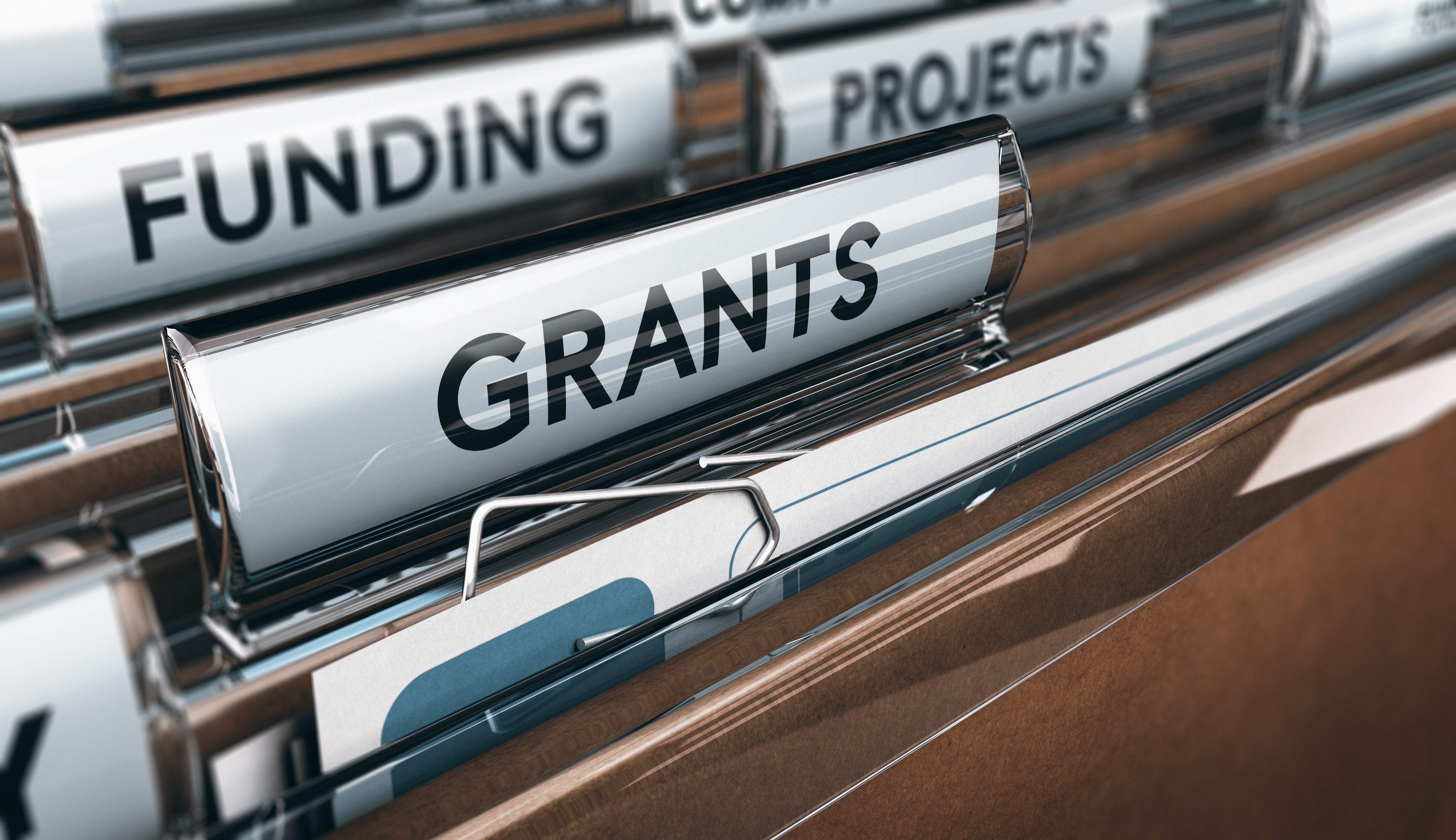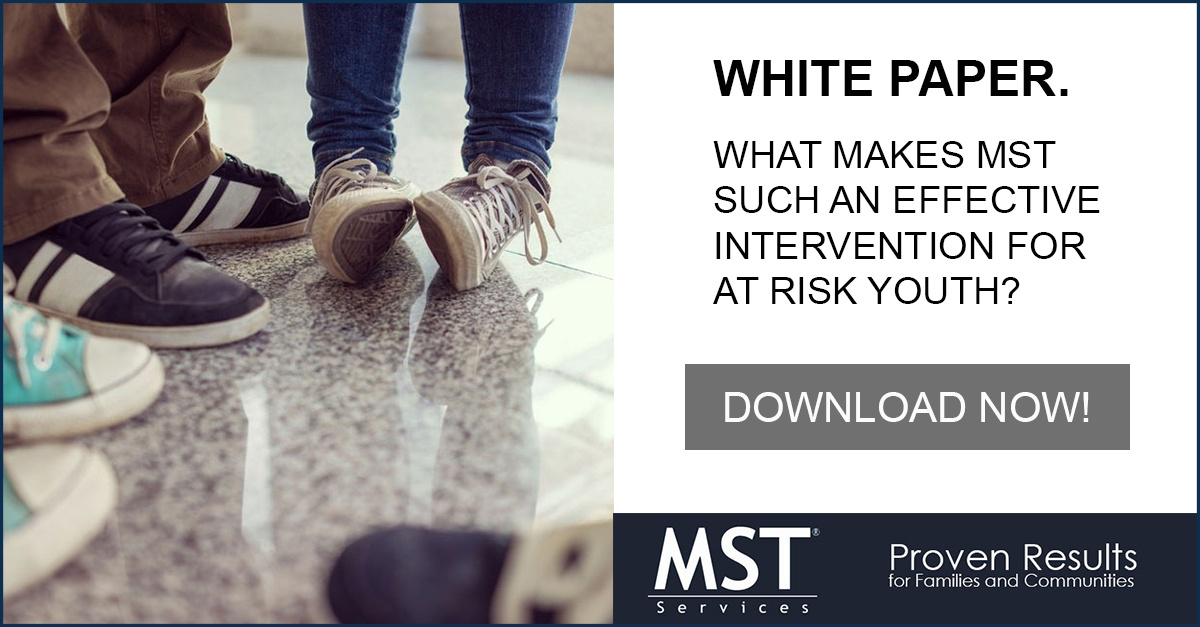
During the school year, Sabine Polak received a call from the guidance counselor regarding her 14-year-old daughter. In addition to being depressed, her daughter had contemplated suicide. Sabine brought her daughter to a crisis center to address her pressing mental health concerns and soon found out that her daughter's intense anxiety was caused by social media. The main reason for her stress was waiting for her friends to respond on Snapchat.


 In light of Youth Justice Awareness Month (YJAM), established in 2008 to draw attention to adolescents impacted by the criminal justice system, it is time to address America’s youth crime statistics.
In light of Youth Justice Awareness Month (YJAM), established in 2008 to draw attention to adolescents impacted by the criminal justice system, it is time to address America’s youth crime statistics. Change - the word one hears when thinking about the COVID-19 pandemic. By
Change - the word one hears when thinking about the COVID-19 pandemic. By 
 Summer is here, and teenagers have a break from academic responsibilities—allowing them to have more time on their hands. During these months, the majority of adolescents have less structure and supervision and it is not a time to ignore the actions of youth illegal activity. While the overall juvenile arrest rates are decreasing, the number of teens who get in trouble with the law each summer remains high.
Summer is here, and teenagers have a break from academic responsibilities—allowing them to have more time on their hands. During these months, the majority of adolescents have less structure and supervision and it is not a time to ignore the actions of youth illegal activity. While the overall juvenile arrest rates are decreasing, the number of teens who get in trouble with the law each summer remains high. Over the past few decades, the United States’ primary solution for juvenile offenders has been incarceration, or in other words, placement in juvenile correction facilities. However, after many studies, this way of holding troubled youth accountable for their actions may not be the best option for all. The
Over the past few decades, the United States’ primary solution for juvenile offenders has been incarceration, or in other words, placement in juvenile correction facilities. However, after many studies, this way of holding troubled youth accountable for their actions may not be the best option for all. The 
